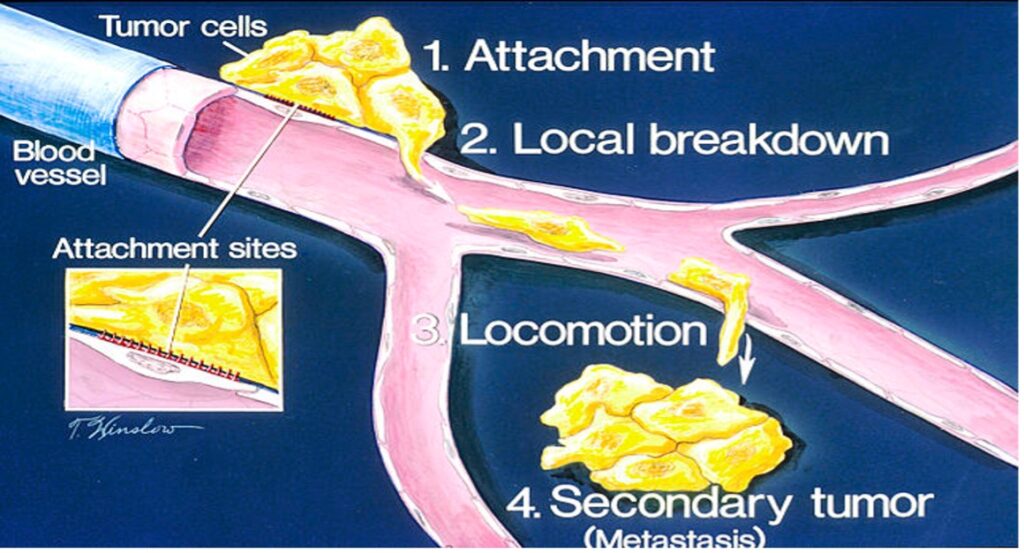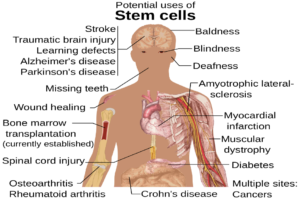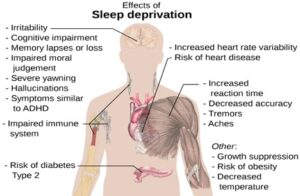
Figure 1: This image outlines CRISPR and its delivery mechanism. It has become a popular tool to combat diseases and improve crops, but it has also become a topic in ethical discussions. Such ethical discussions include the idea that athletes could soon have the ability to modify their genes to improve athleticism and gain an unfair advantage, so a method to detect CRISPR in humans must be created. A group of researchers studying the ways to detect CRISPR in humans are taking the initial steps to do just that
Source: Wikimedia Commons
CRISPR has become a name recognized around the world. It is a simple but powerful tool that allows scientists to alter DNA and modify genes, with the potential to combat diseases, improve crops, and much more. However, with all the upsides, its promise is accompanied by ethical concerns. Ranging from mistrust in GMOs to human germline editing, CRISPR has garnered strong opposition from many corners of the scientific community. One issue that this opposition finds particularly disturbing is the potential of CRISPR to disproportionately enhance certain people (Vidyasagar, 2018). For instance, some athletes could misuse this gene-editing technology to benefit them in their respective sports. Because CRISPR modifies DNA, it is considered “gene doping” and is banned by the World Anti-Doping Agency. But a simple ban will not be enough to fully prevent this issue, so a sufficient method to detect CRISPR needs to be developed. In pursuit of this endeavor, Dr. Mario Thevis and his colleagues have taken the initial steps towards a method to pinpoint athletes who might try to get an unfair advantage through CRISPR (American Chemical Society, 2021).
The researchers sought to see if they could identify the enzyme most likely to be used in this doping: Cas9 from Streptococcus pyogenes—SpCas9. To do this, the team first spiked the SpCas9 enzyme into human plasma, isolated it, and cut it into pieces (American Chemical Society, 2021). When the pieces were analyzed through mass spectrometry (an analytical technique that measures the mass-to-charge ratio of ions), the researchers found that they could identify unique components of the enzyme from the plasma matrix (Broad Institute, 2021). In another test, they spiked an inactivated form of SpCas9, which has the ability to regulate gene expression without altering DNA, in human plasma. And with a slight modification of their initial method, they were able to purify and detect the inactivated enzyme. Finally, Thevis and his team injected SpCas9 into mice and found that its concentrations in the bloodstream peaked after two hours and could be detected for up to eight hours after administration. Ultimately, it was a tedious task, but by piecing together all three studies, the team found that it is possible to detect CRISPR remnants in human blood (American Chemical Society, 2021).
The study has vast implications in our future with genetic engineering. CRISPR’s applications are so revolutionary that in the future it is possible for many individuals to have some sort of gene modifications. In order to keep certain aspects of modern life, such as sports, fair, certain preventative measures will be needed to detect CRISPR and prevent enhancement. This study takes the initial steps in this movement, and it may only be a matter of time until this becomes commonplace in society. Thevis and the researchers know that much more work needs to be done. If more research is put into this area to prepare society for the future, the ethical dilemmas of CRISPR can be one step closer to being solved (American Chemical Society, 2021).
References
American Chemical Society. (2021). Competitive athletics: Detecting CRISPR/Cas gene doping. ScienceDaily. Retrieved January 10, 2021 from https://www.sciencedaily.com/releases/2021/01/210106115717.htm.
Broad Institute. (2021). What is Mass Spectrometry? Broad Institute. Retrieved January 10, 2021 from https://www.broadinstitute.org/proteomics/what-mass-spectrometry.
Paßreiter, A., Thomas, A., Grogna, N., Delahaut, P., and Thevis, M. (2020). First Steps toward Uncovering Gene Doping with CRISPR/Cas by Identifying SpCas9 in Plasma via HPLC–HRMS/MS. American Chemical Society, 92(24), 16322-16328. Retrieved January 10, 2021 from https://pubs.acs.org/doi/10.1021/acs.analchem.0c04445.
Vidyasagar, A. (2018). What is CRISPR? LIVESCIENCE. Retrieved January 10, 2021 from https://www.livescience.com/58790-crispr-explained.html#:~:text=CRISPR%20technology%20is%20a%20simple,of%20diseases%20and%20improving%20crops.
Related Posts
Cranial Cartography: A New Method for Visualizing Blood Vessels and Stem Cells in the Skull
The diagram above displays the many potential uses of stem...
Read MoreThe Price of Postponement: The Link Between Procrastination and Sleep Deprivation in Postsecondary Students
Figure 1: This figure describes the physiological and cognitive effects...
Read MoreFailures of Facial Recognition Amid Widespread Masking
Cover Image: Signs similar to this one have become increasingly...
Read MoreSai Rayasam



